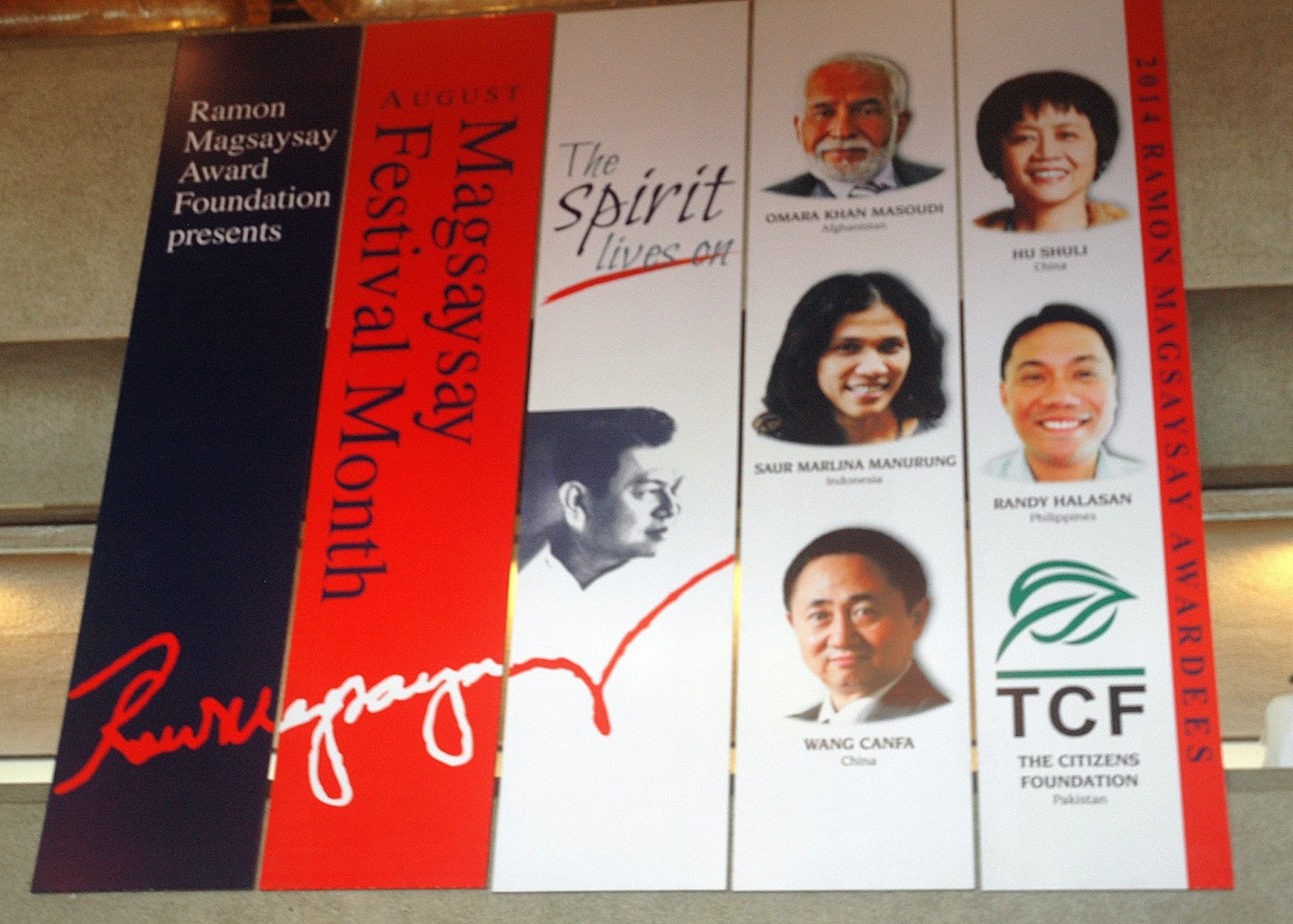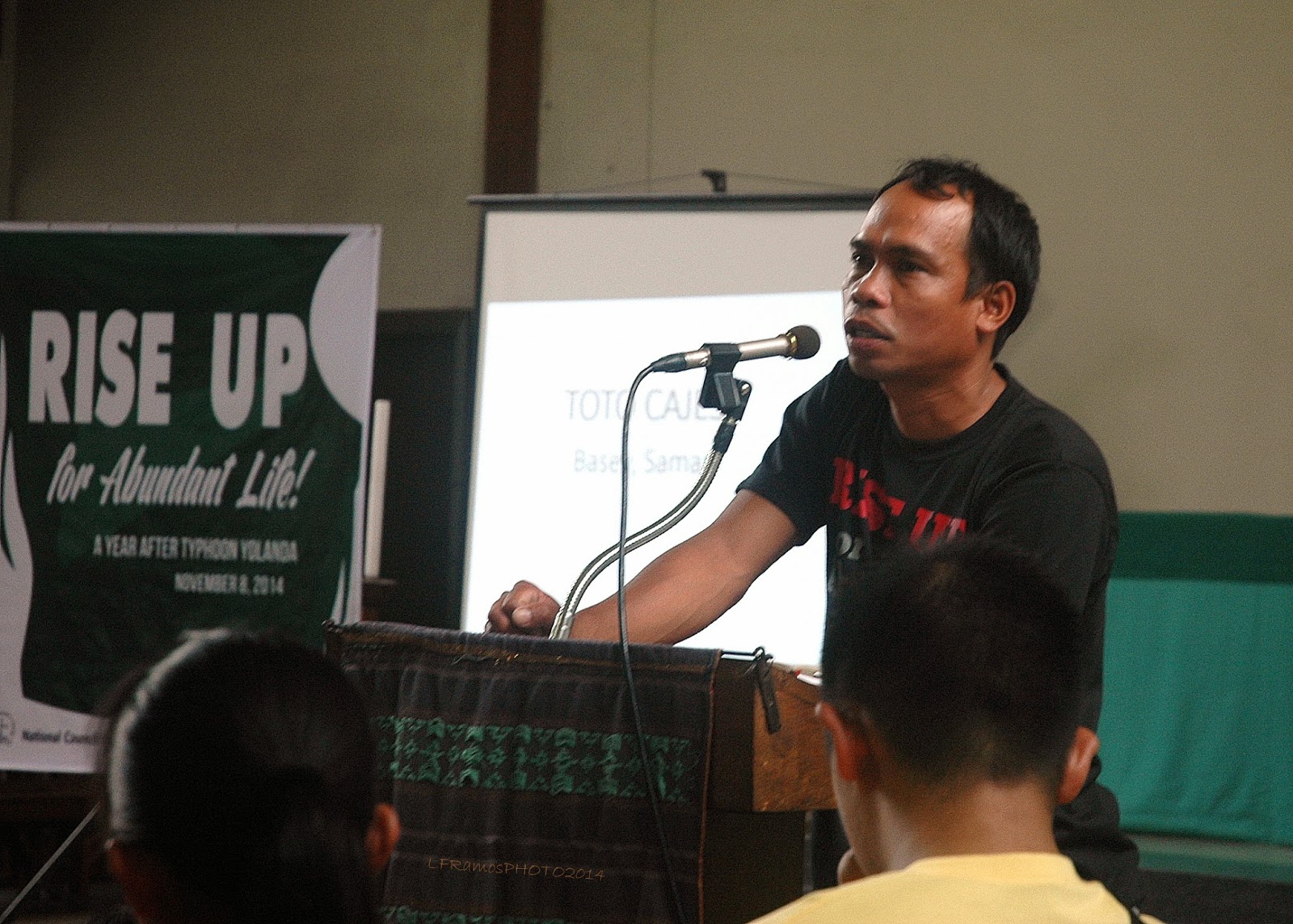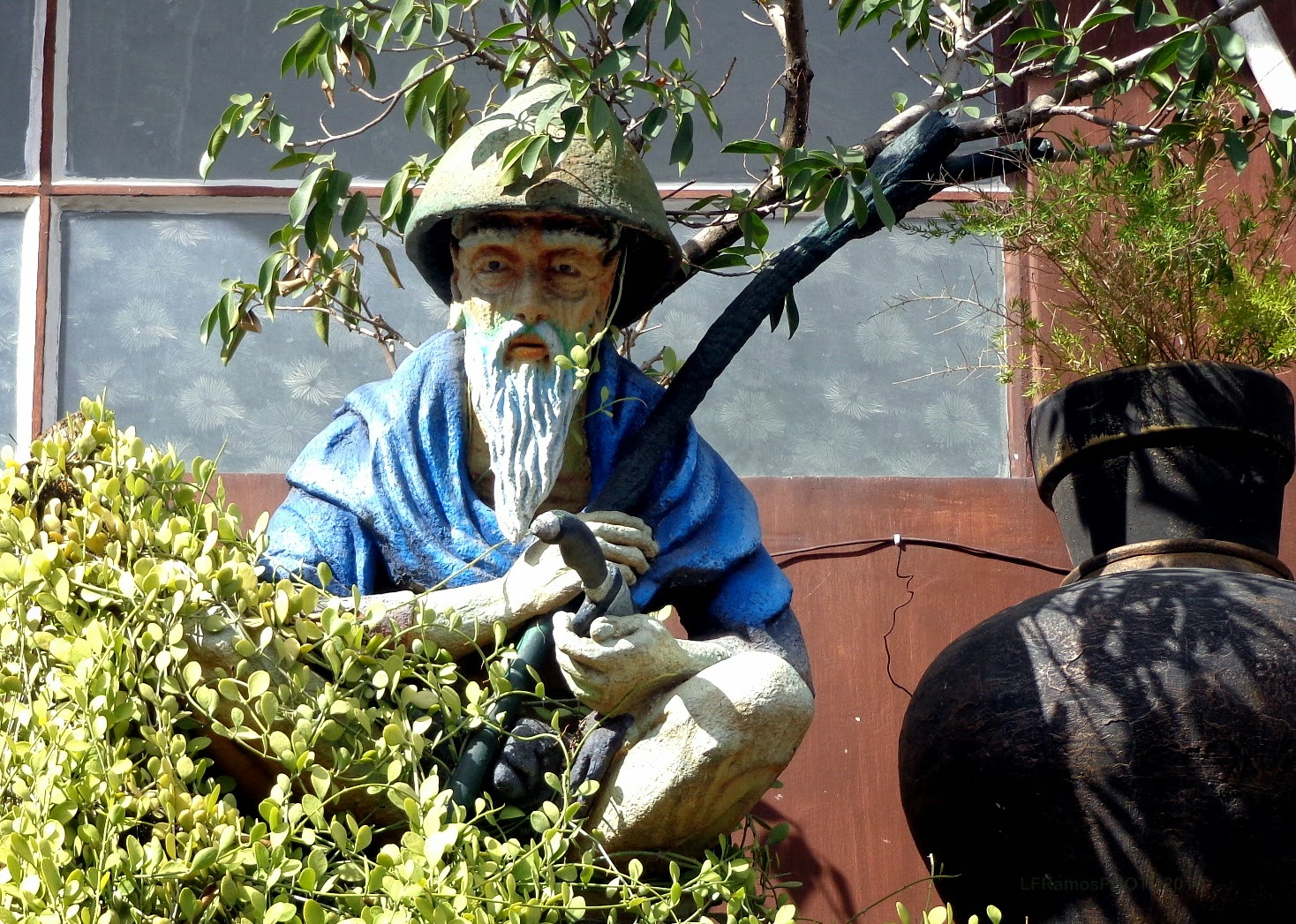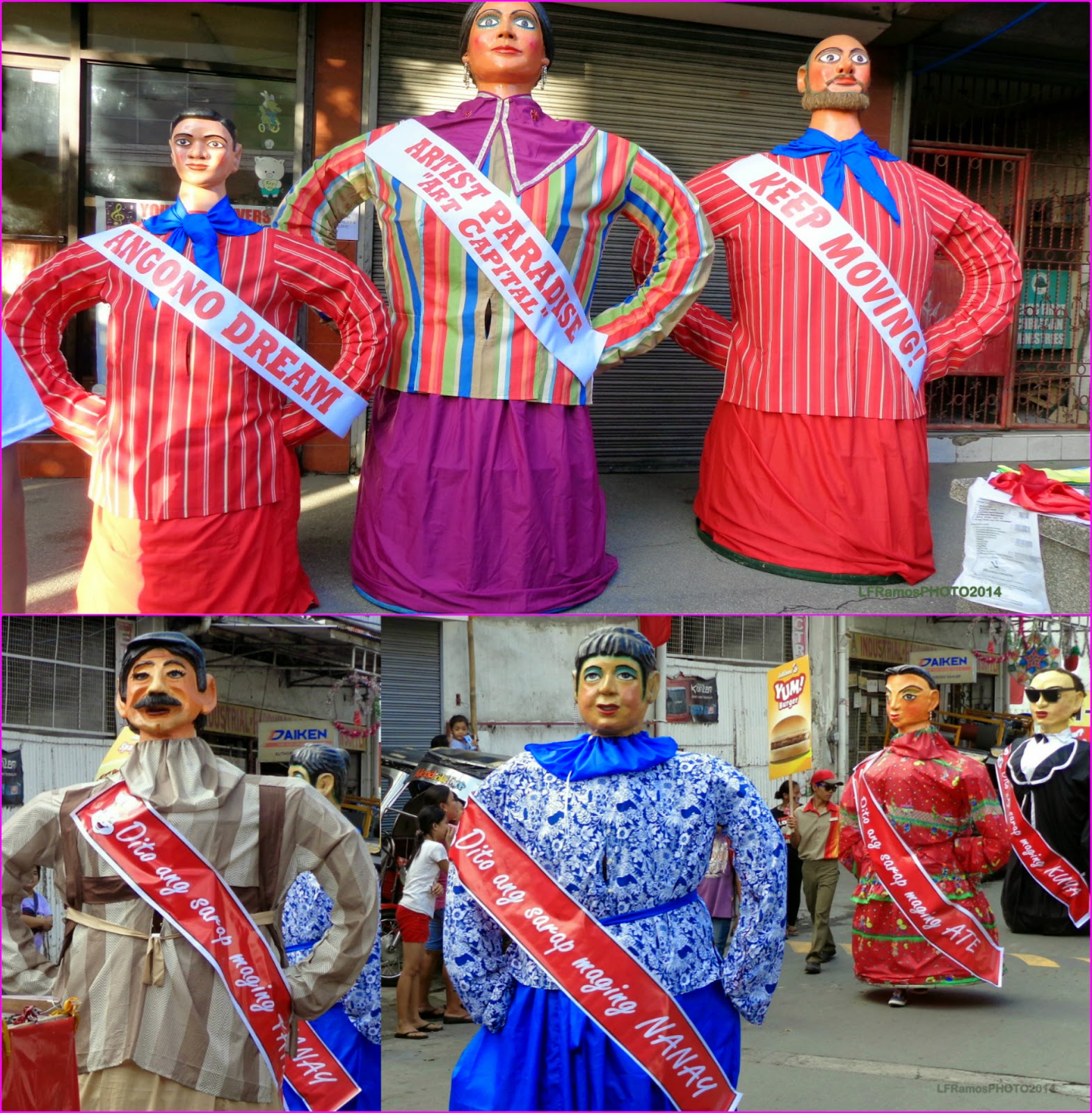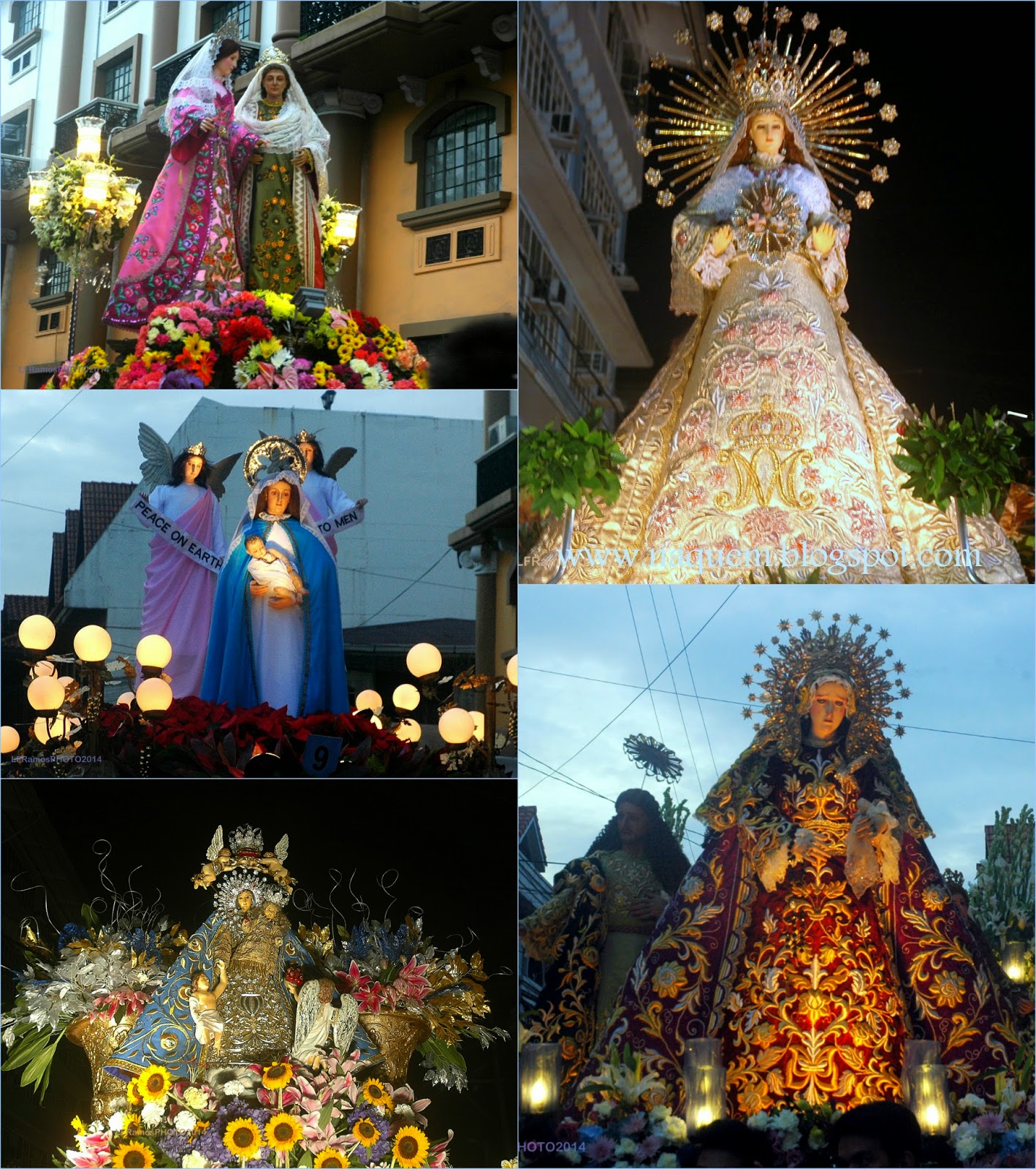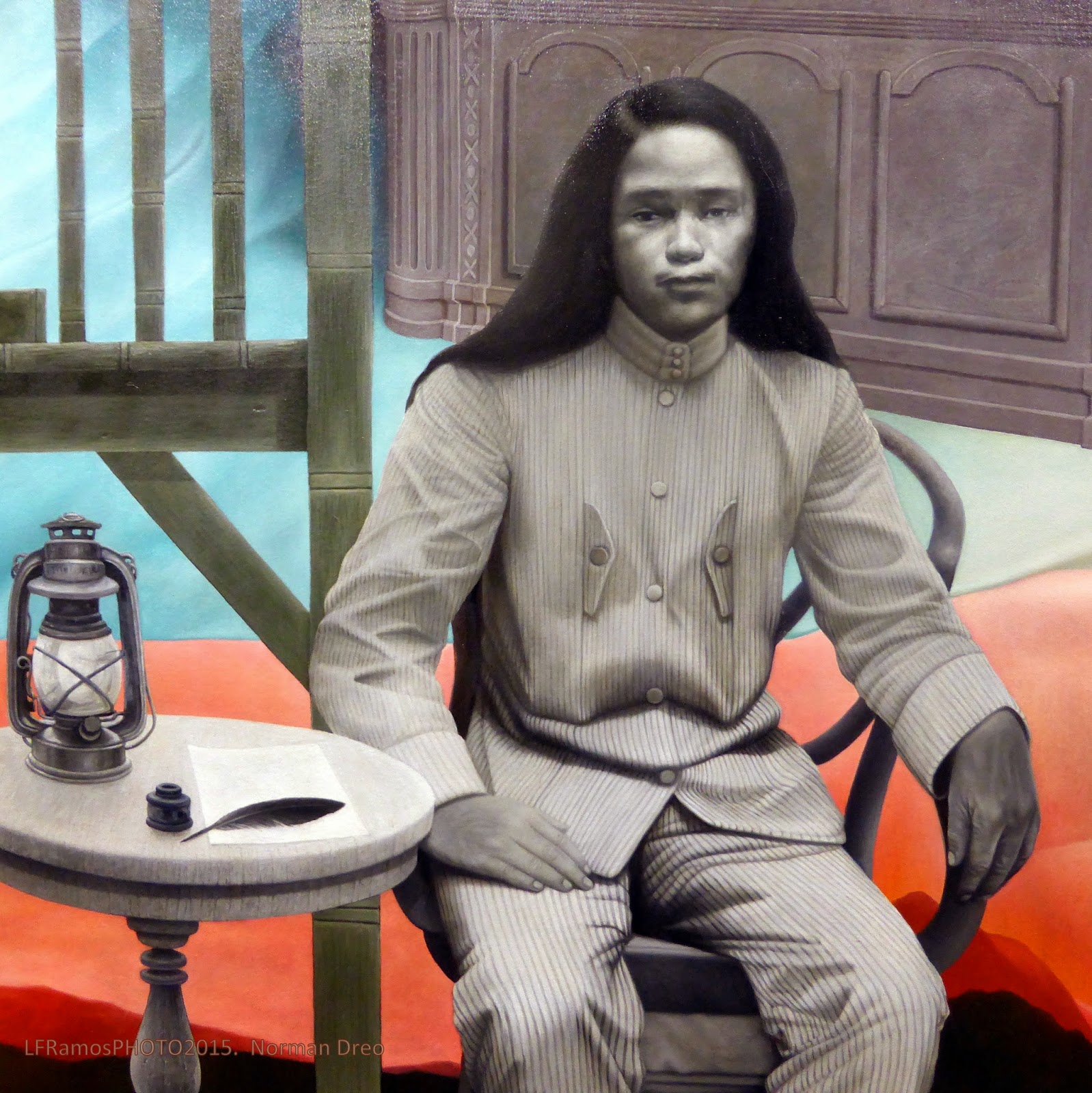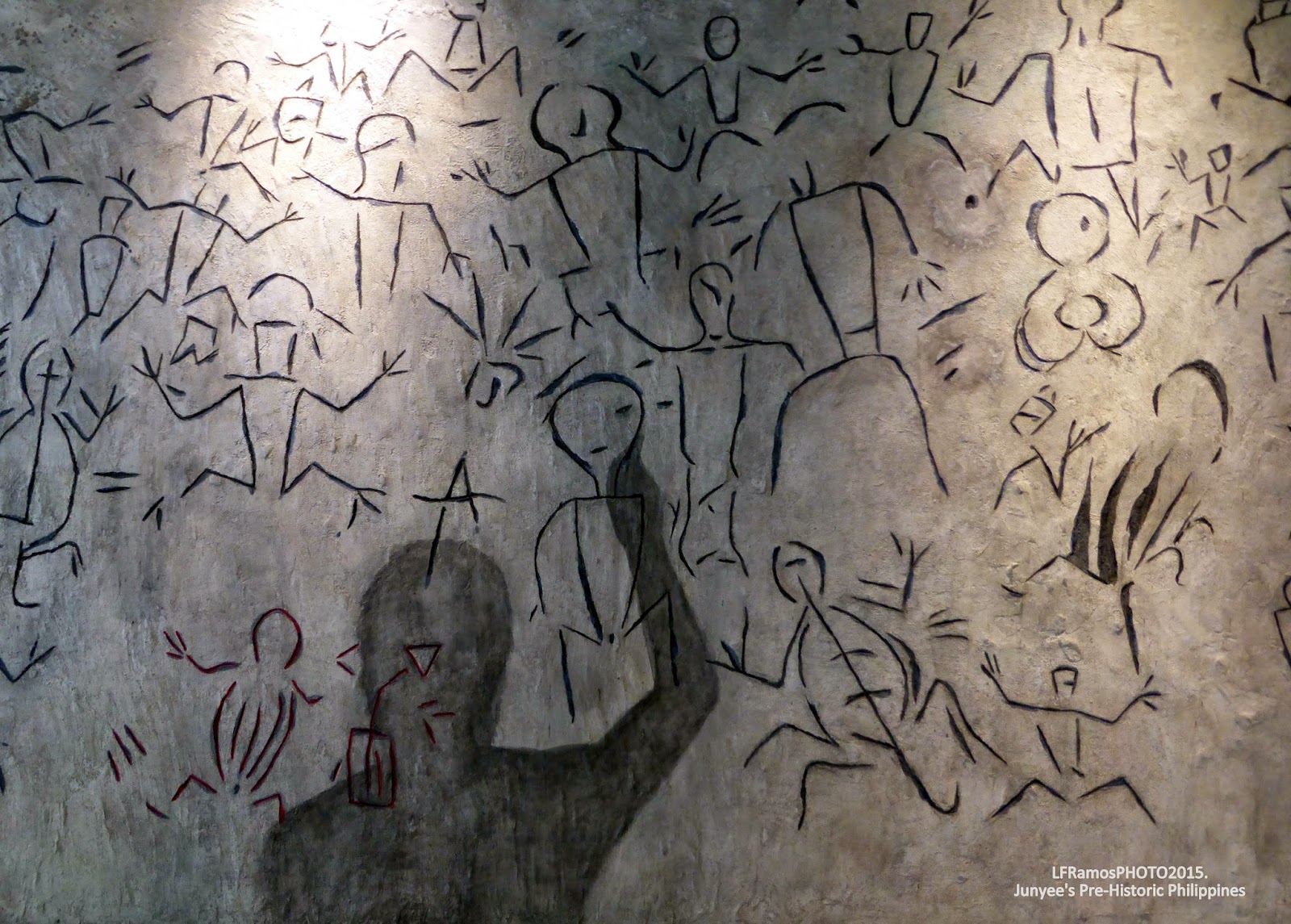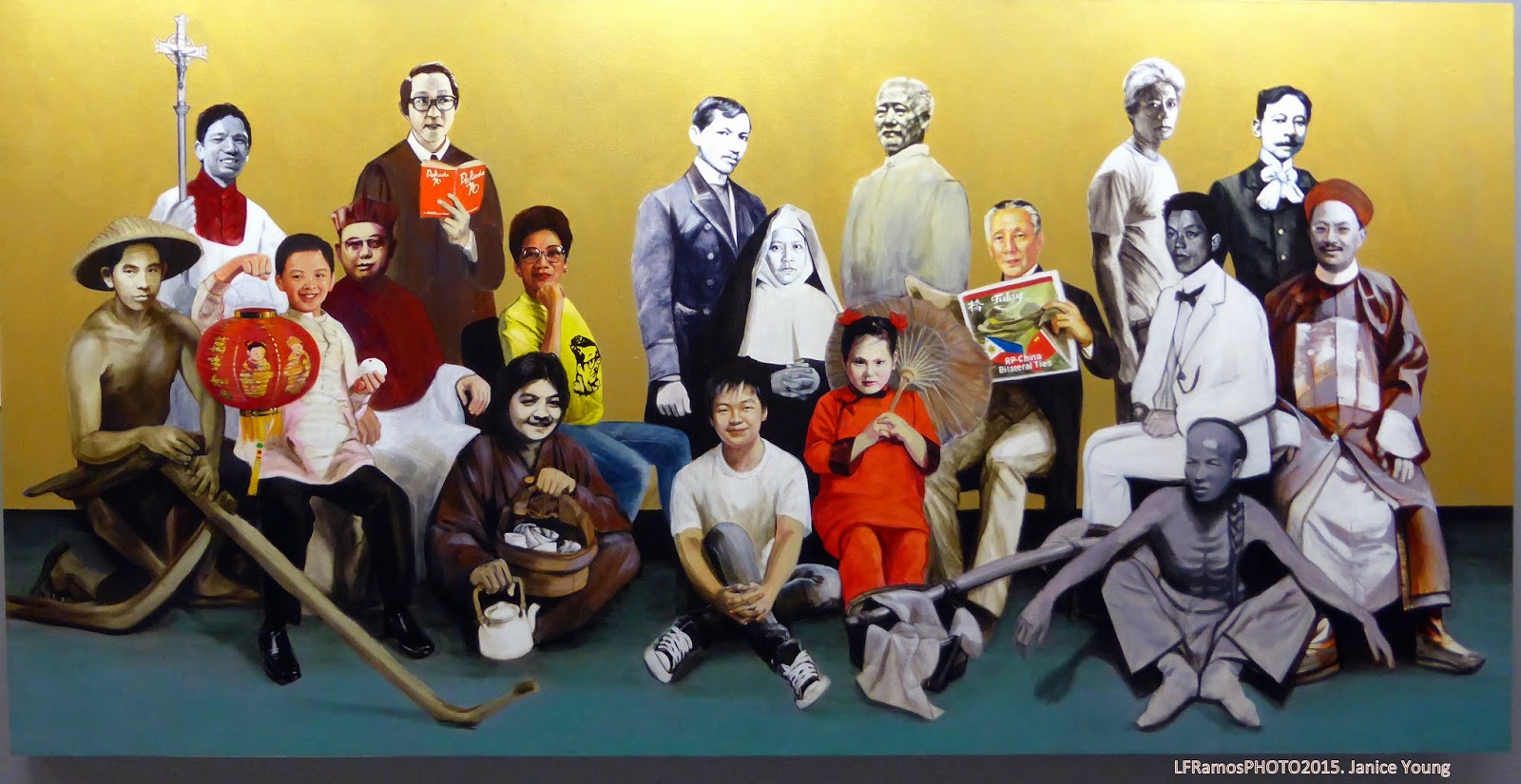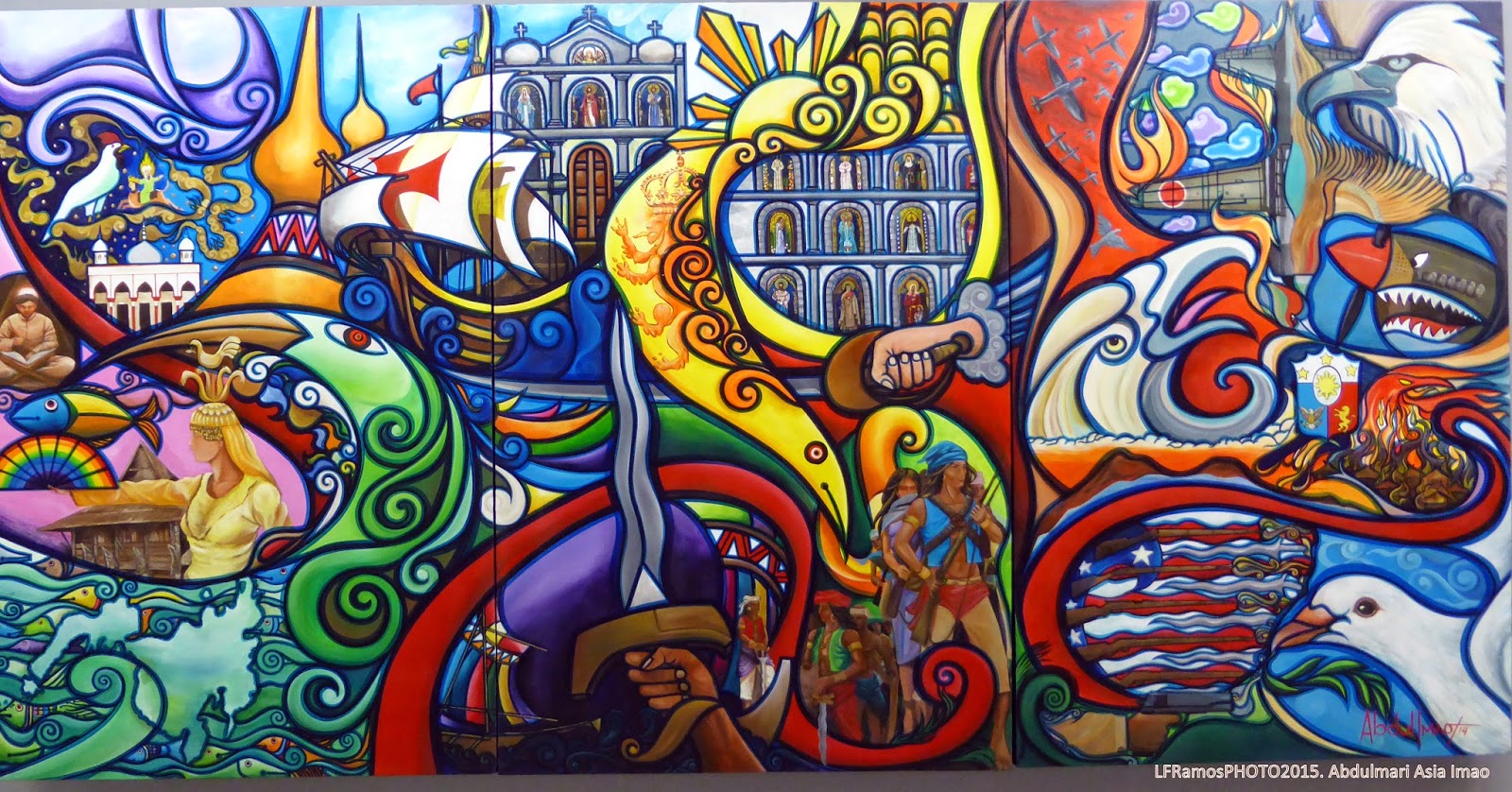Note: This photo-essay was featured in the 05-11 Sept 2014 issue of FilAm Star. The author/blogger is the Manila-based special news/photo correspondent of the paper. Photos by the author. The article can be accessed in pdf format from this link: http://www.filamstar.net/images/stories/pdf/287.pdf
 |
Nora Aunor receiving her certificate and tropy as 2014 UP Gawad Plaridel awardee from UP CMC Dean Roland Tolentino, UP Diliman Chancellor Michael Tan & UP President Alfredo Pascual. |
The title takes off from Hiroshima mon amour, a 1959 French New Wave movie directed by Alain Resnais about relationships, memory and forgetfulness, with throwbacks to the effects of the atomic bombing of that Japanese city. One glaring effect was loss of hair of the bomb victims.
There were four blasts in the Manila in August but these were non-nuclear. They were cultural. They did not even come within the purview of Kris Aquino’s prayers for the safety of her brother President Benigno Aquino III. According to reports, he asked that these be stopped. It appears that his sisters fear of untoward incidents that may occur during the month because their parents both died in August.
 |
| The trophy was designed by National Artist Napoleon Abueva. |
The August bombs were recognitions of the artistic intelligence of Nora Aunor: Best Actress award for her performance in the movie Hustisya in the Directors Showcase of Cinemalaya X (August 10); Tunay na Alagad ng Sining award from the Quezon City Public School Teachers Association for helping propagate the national language through her films (August 19); the UP Gawad Plaridel 2014 award from the UP College of Mass Communications (CMC) for her excellence as a transmedia practitioner (August 27); and the Artista ng Mamamayan award from the Alliance of Concerned Teachers and the Polytechnic University of the Philippines (ACT-PUP, August 29).
Aunor did not lose hair however. These awards were bestowed without any moral scruples whatsoever, thus, repudiating the presidential prerogative and the snobbery that excluded her from the list of 2014 National Artists.
The UP Gawad Plaridel and ACT-PUP Artista ng Mamamayan awards ceremonies showed that the popularity and acclamation of Nora Aunor straddles the widest social spectrum. The UP audience accorded her decorous albeit thunderous applause; at PUP, the atmosphere was typical of a fun-filled movie fan day with loud cheers and yells especially when she spoke of familiar vignettes in her life and movie career. The UP event required her to be formal – she wore a Filipiniana gown. In PUP she was more informal in slacks and leather jacket.
The 2014 UP Gawad Plaridel was awarded in her official name: Nora Cabaltera Villamayor.
 |
| Nora delivering her Plaridel lektyur. |
In his message, UP President Alfredo Pascual spoke of “Villamayor’s stature as the iconic Superstar of Philippine cinema ... from her numerous, highly acclaimed, timeless and relevant performances in film, music, television and theater.” He expressed the great pleasure that the UP community joined the UP College of Mass Communication (CMC) “in recognizing the unique artistry and versatility as a singer, and for portraying with keen intelligence and uncommon sensitivity an amazing range of cinematic roles, as an actress.”
In his opening remarks, UPD Chancellor Michael L. Tan described himself as a Noranian. He said, "Wala pong tumpak at akmang salitang makapaglalarawan kay Nora Aunor dahil siya ay kaisa-isang artistang Pilipino na kumurot sa ating buhay, sa pamamagitan ng kanyang mga awitin, pelikula, pagganap sa entablado, sa radio, at sa telebisyon.” (There is no correct or adequate word to describe Nora Aunor because she is the only Filipino artist who has touched our lives through her songs, movies, and performances on stage, radio and television.)
“Kayo po, Ate Guy, ay ang Pambansang Alagad ng Sining!,” Tan told the honoree. (You, Ate Guy, is the National Artist!)
In his closing remarks, UP CMC Dean Dr. Roland B. Tolentino echoed Aunor’s sentiments regarding the National Artist award: “[M]aski wala mang tropeo o karangalang igawad sa akin ang mga nasa kapangyarihan, iniluklok naman ako ng mga kababayan ko habang buhay sa kanilang mga puso bilang isang artista ng bayan.” (Those in power may not have given me any token of recognition but my countrymen have enshrined me forever in their hearts as a national artist.)
Speaking directly to Aunor, Tolentino said, “Gusto ko lang din idagdag, Nora, na sa pagpaparangal sa iyo ng Gawad Plaridel ng Unibersidad ng Pilipinas, kahanay ka na sa mga skolar ng bayan, guro at kawani ng bayan na iniaalay ang buhay para sa paglilingkod sa bayan. Tunay kang superstar ng bayan, at muli ngayon, artista ng bayan!” (With this Gawad Plaridel, you have joined the ranks of the scholars, teachers and workers who are dedicating their lives to serve the nation. You are a true superstar, and from now on, a national artist.)
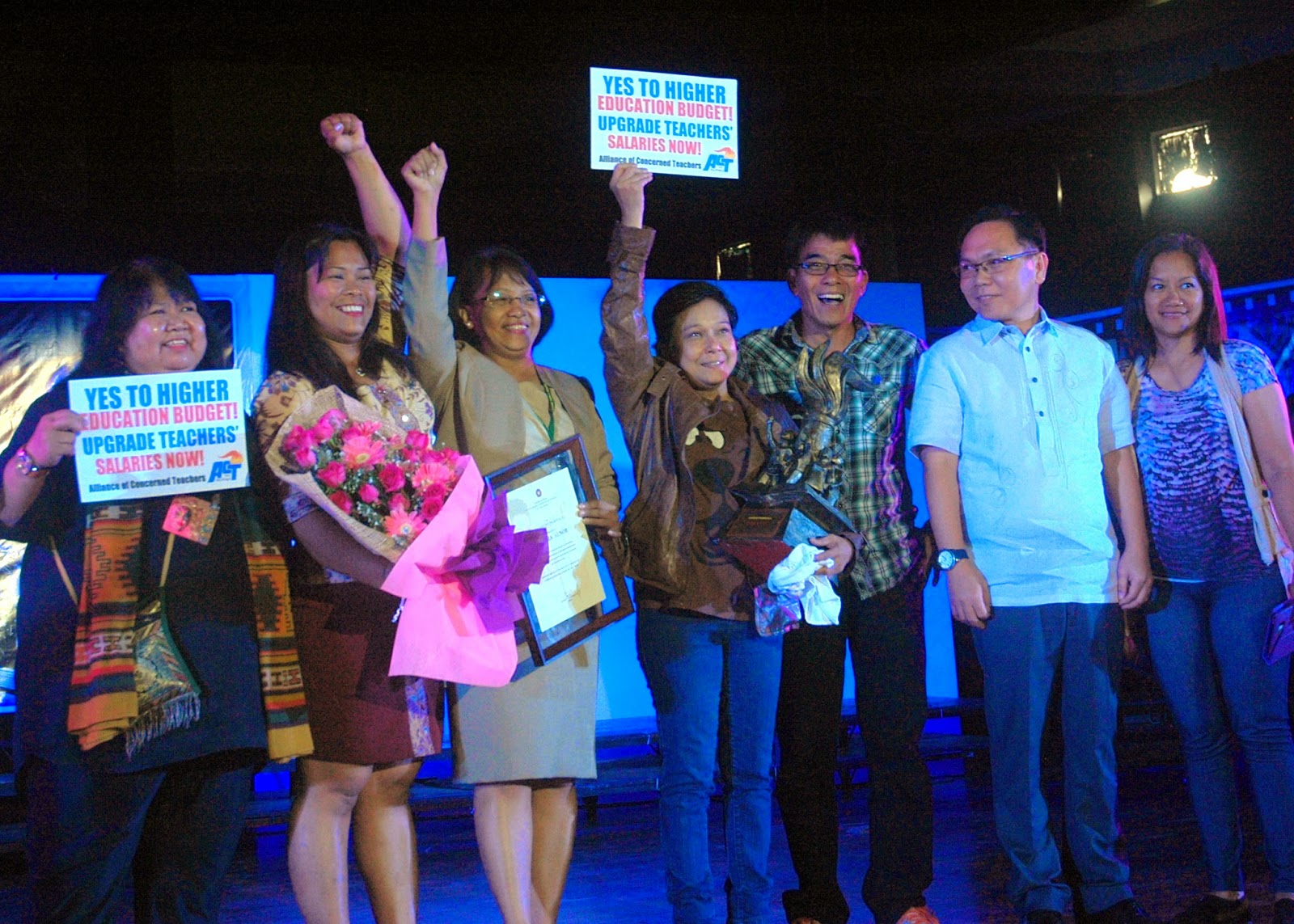 |
Nora received her Artista ng Mamamayan award from ACT officials & PUP President de Guzman. |
At the PUP Tanghalang Bayan, ACT emphasized that Ms.Aunor deserves the honor of being National Artist for Film, citing outstanding achievements that have won recognition from various national and international organizations, and the continuing admiration of her artistry and support for her work in film and television: “Sa ilang dekadang nakalipas ng pagbabahagi niya ng kanyang sining sa sambayanan ay hindi kumupas ang pagmamahal sa kanya ng pangkaraniwang mamamayan na patuloy sa pagsuporta at pagtangkilik sa kanyang mga palabas maging ito man ay pampelikula at pantelebisyon. ... Tunay nga, hindi man nahirang bilang pambansang alagad ng sining, si Nora Aunor pa rin ang isa sa mga natatanging artistang minamahal at patuloy na ipinaglalaban ng mamamayan.”
The UP and PUP audiences had the awesome pleasure of listening to insightful fragments of her Cinderella /Superstar story.
 |
| Nora with her certificate & trophy from ACT & PUP. |
She told the UP community regarding her award: “Isang malaking karangalan at hindi ko makakalimutan. Isa ito sa pinaka-importanteng nangyari sa buhay ko. ... Ang nararamdaman ko ngayon ay iba, eh. Iba kapag UP ang nagbigay sa iyo ng karangalan. Sabi ko nga kanina, hanggang Grade 2 lang ako pero pagtayo ko sa stage ng UP ay parang graduate na din ako ng Unibersidad. Masayang masaya ako.” (I am greatly honored by this award, and I will never forget this. This is a very important event in my life. ... I have a very different feeling since UP is giving me this honor. I only reached Grade 2, but as I stand on this stage, I feel like I graduated from here. I am very, very happy.)
A similar sentiment was expressed in PUP. She said she was deeply overwhelmed by the warm acceptance of the students and teachers there. She clarified though that she eventually finished Grade 6.
One story that everyone enjoyed is about her musical path to the Tawag ng Tanghalan championship, which started with her first contest piece in a local competition: “You and the Night and the Music.” This was however a winning or losing piece while she mastered other songs from the radio for competitions in Bicol to Manila.
She regaled audiences with her odyssey from Guy-and-Pip movies to critically acclaimed and award winning films like her own production of Tatlong Taong Walang Diyos and the indie Thy Womb.
She delighted with her descriptions of the directorial styles of Ishmael Bernal, Lino Brocka, Mario O’Hara and Joel Lamangan. The audience heartily applauded when she dropped iconic lines like: “My brother is not a pig!” (from Minsa’y Isang Gamu-Gamo), “Walang himala!” (from Himala).
 |
| Nora addressing the PUP community & Noranians. |
She plans to produce movies again and to set up her own indie film outfit after she has completed pending movie projects. After Hustisya, she has three more movies scheduled to be shown before the year is over. She invited the audiences to watch out for the indie films Dementia (which opens this September), Whistle Blower and Padre de Familia.
She said she has no regrets whatsoever, and what she's doing now recalls the start of her life's journey. "Lahat ng ginagawa ko ngayon ay paglingon sa aking pinanggalingan."
That reminds of her last laugh at the end of Hustisya.
